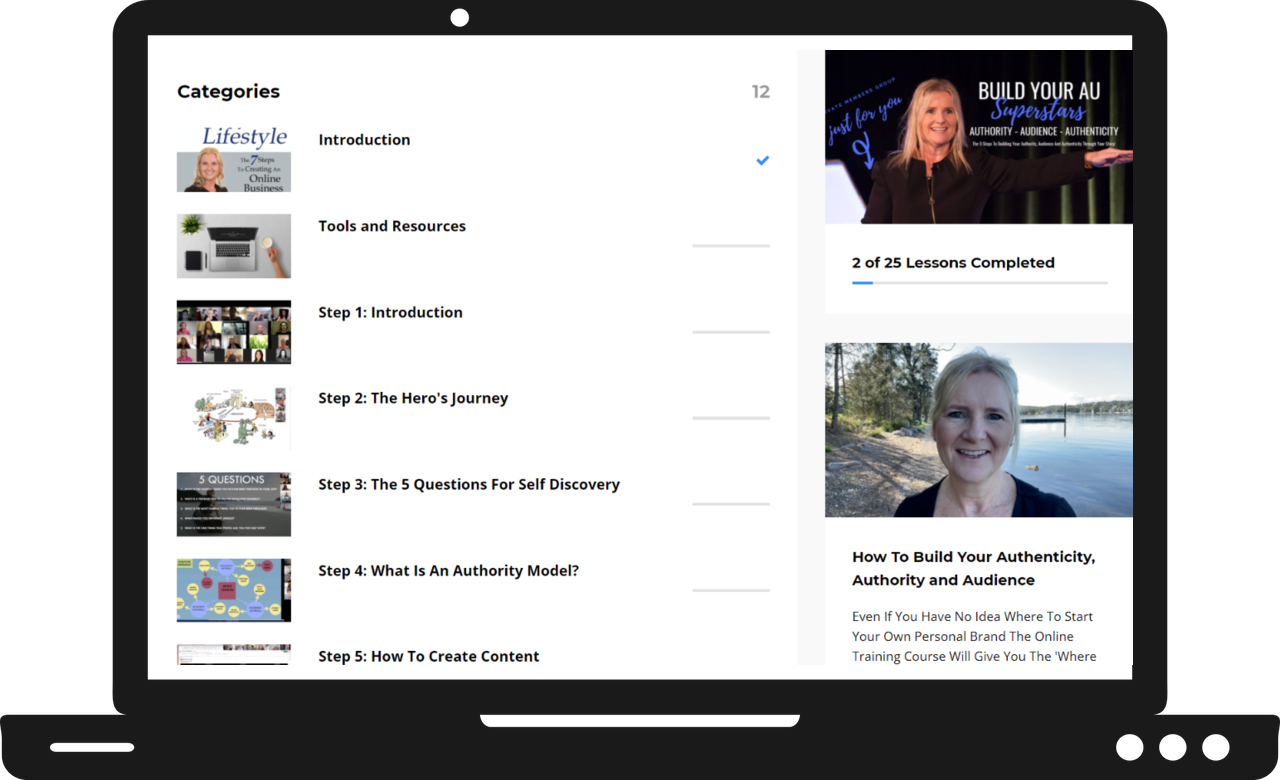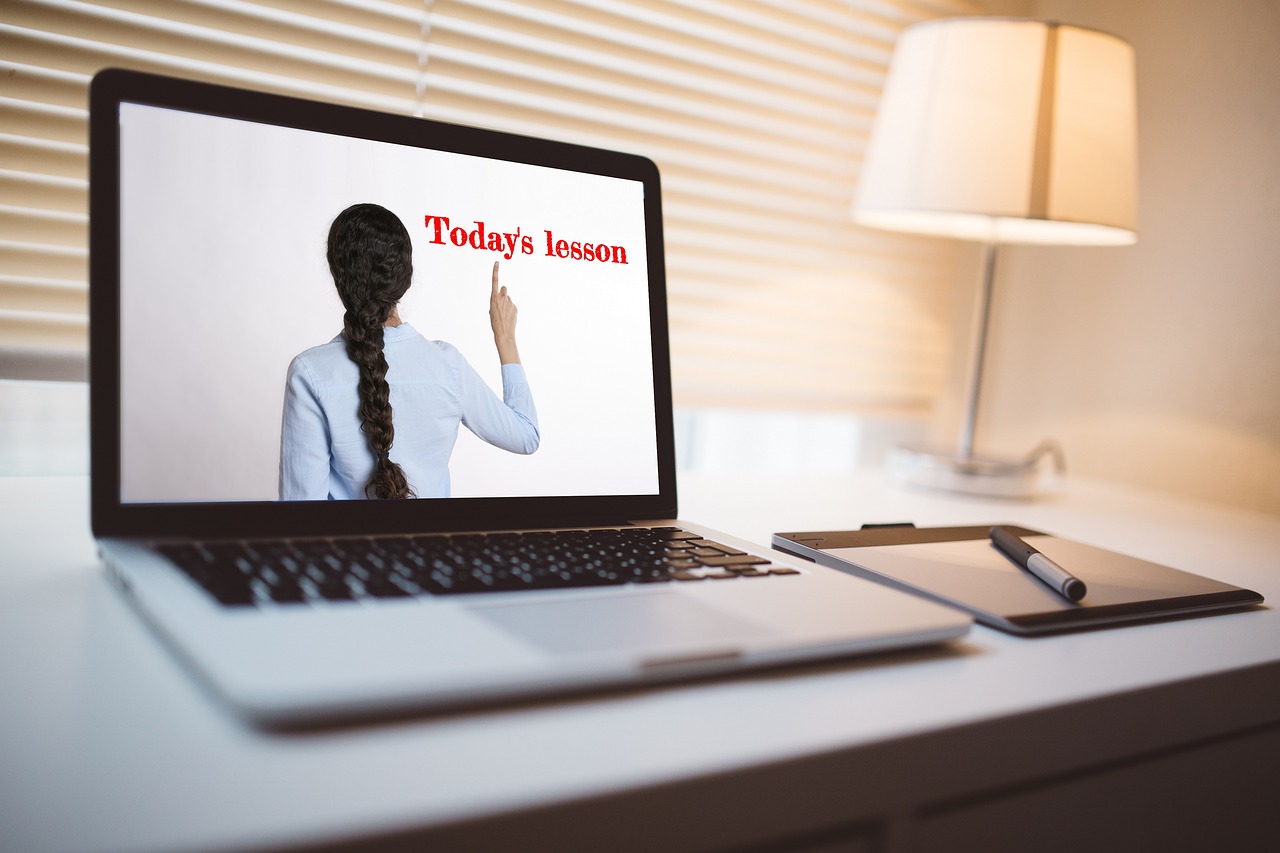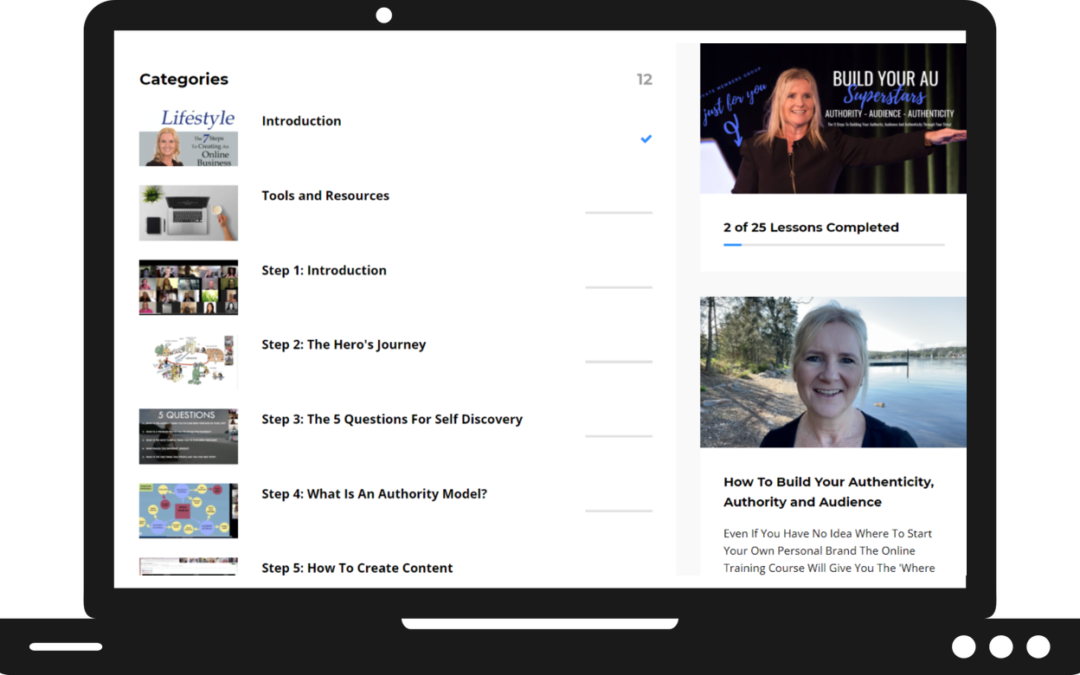How To Design An Online Course – 3 Stages To Structuring Your Online Course
So, you have a great idea for an online course but do you know how to design an online course. Here is how to structure your online course.
Hi Trish Davies here and today I want to cover how to design an online course. Online learning has had a massive boost over the last couple of years due to Covid-19. The pandemic has certainly changed the landscape as to how people learn new skills and acquire knowledge.
The seismic shift has been to the many different online platforms for both delivery and consumption of content. Online learning is at an all time high and the opportunity is both for coaches and students to ride this wave.
Online learning and coaching is low-cost and saves an incredible amount of time. Students can access training material for a fraction of the cost that in person coaching demands. They can access their material wherever they want and whenever they want which is great for the modern day lifestyle.
For coaches it means they can create an online coaching business inexpensively due to low overheads. Online platforms enable coaches to deliver content automatically 24/7 so the concept of online coaching is a win/win/ scenario.
The question is though for you as a coach is how to design an online course. That is why you are here today. Where to start? How to structure? How to organise? These questions and more I aim to answer today by focusing on the 3 key stages to structuring your online course.
Laying The Foundations To Creating Your Online Course
As I just mentioned I will look at the 3 key stages to designing your course, that to come shortly. Before I do that there are some fundamental and foundational elements you must have in place first.
Preparation and planning are the keys to success as it is the chance to foresee any problems that may unfold. So, with that said I recommend you answer the following questions right now to help you gain clarity on what you want to achieve.
- What are the goals, objectives and student outcomes that you want to achieve?
- Who is you target audience?
- What platforms will you use that meet your requirements?
How To Design An Online Course

Once you are clear on the questions that I just mentioned it is time to start thinking about the structure of your course. You must have an outline for your online course. That outline includes your subject matter, the goals and objectives you want to meet and information about your ideal audience.
As regard to hosting your online course there are numerous platforms available. All are intuitive which means they are designed to help the user and give them a great experience. The same can be said for you as the coach as they make it easy for your to add your training material.
So, taking all this into consideration you will have a draft blueprint in mind as to how you want your course structured. To help you take that draft blueprint to confirmed blueprint here are the three stages to putting the overall design of your course together.
Introduction To Your Course
First and foremost, you will want to welcome your students into their members area. Your students will want to know what to expect as the progress through your course. Give a brief overview of the course, the syllabus and the scheduling of lessons.
Introduce yourself and tell your students how they can access course resources. Assure them of the support system you have in place so they know there are no barriers when it comes to contacting you.
You want to create a great user experience so inform your students how they can navigate their way through the course. In all probability you will have created a modular structure which contain lessons.
You may want to drip feed the content over a period of time so it is important to mention that. If the entire course content is not there when they first log in it will sound alarm bells so take that doubt away from the start.
Also, you may have included bonuses which compliment your core program. Make sure your students know where they are. For many students bonuses are important and may have bee the deciding factor so they must know where they can access them.
This stage of designing your course is an onboarding experience for your student. Your objective is to provide total clarity in their mind on what they need to do and also welcome them to your business.
The Core Learning Stage

Now you have introduced yourself and onboarded your students it is time for the learning to start. The learning stage must be a step by step and linear process. The student is looking for a desired outcome and to achieve that outcome you must break things down.
This is where the modular format comes into play. Within those modules are you lessons. Each lesson is an incremental step forward for the student to achieve their desired outcome. This method can be described as micro-learning which is much easier for your student to take in and absorb.
My recommendation is that you give a brief overview of each module. Tell your students what to expect as they work through the module. Your modules will contain the lessons which should be delivered in multiple formats.
Videos are the best way for people to learn but also include worksheets, virtual tools and storyboards. This helps your students focus more, keeps them engaged and helps them to fully understand what you are teaching.
Another thing to keep in mind is that you want to know the progress your students are making. Periodically throughout your course you can put in assessment material.
Get you students to complete quizzes. Have them set so the student must achieve a specific percentage before they can move on. At the end of the course, they can take an exam to earn accreditation that they have competed the course to the requirements you set out.
Evaluation Of Your Students Progress & Your Online Course
There must be an evaluation stage to your course. You can’t just sell a course and not evaluate if it is fit for purpose. You must be clear on whether your students have understood the material you have delivered. Achieving their desired outcome is the objective so ask them if they have.
Their final result will be the barometer that gives you that result. Also ask for their feedback on how they found your course and the way you teach. Take this information and make any necessary tweaks to improve your course.
Although this is the conclusion for the course your students it is an opportunity for you. You can inform them of other courses in your library which will benefit them. Maybe offer discounts because they are existing customers to incentivise them.
I have shared with you the three core stages on how to design an online course. To help you achieve getting you online course developed, created and marketed check out my free 9 step program.
That program will help you get the foundations in place. It will help you gain clarity on what you want to achieve. The program will also position you as an authority in your field and from a place of authenticity. To register for this program please click here.
Helping you build your authenticity, authority and audience.
Trish Davies
![]()
Build Your AU


Recent Comments